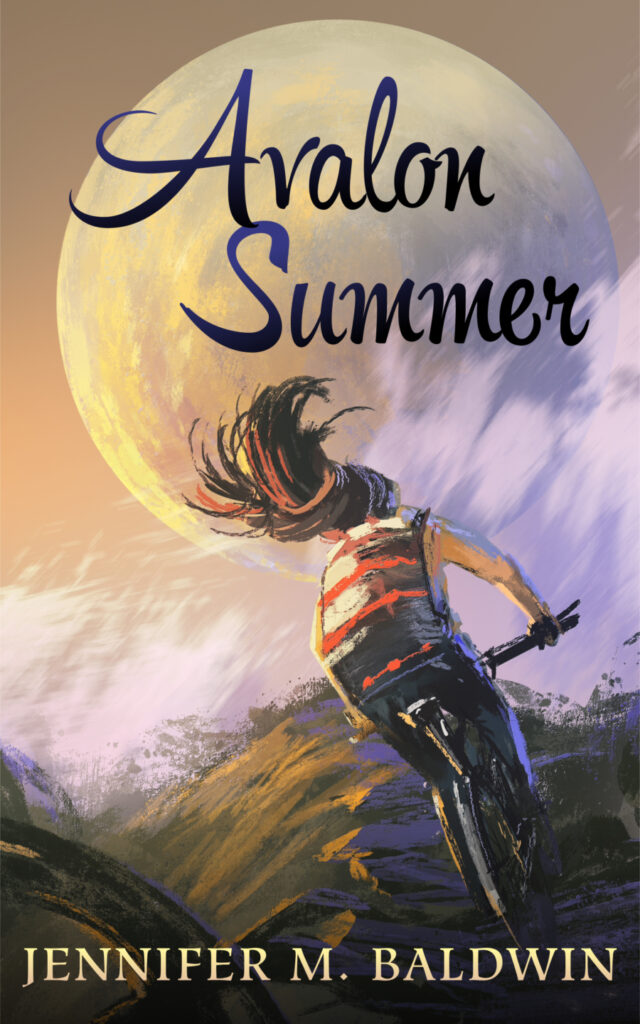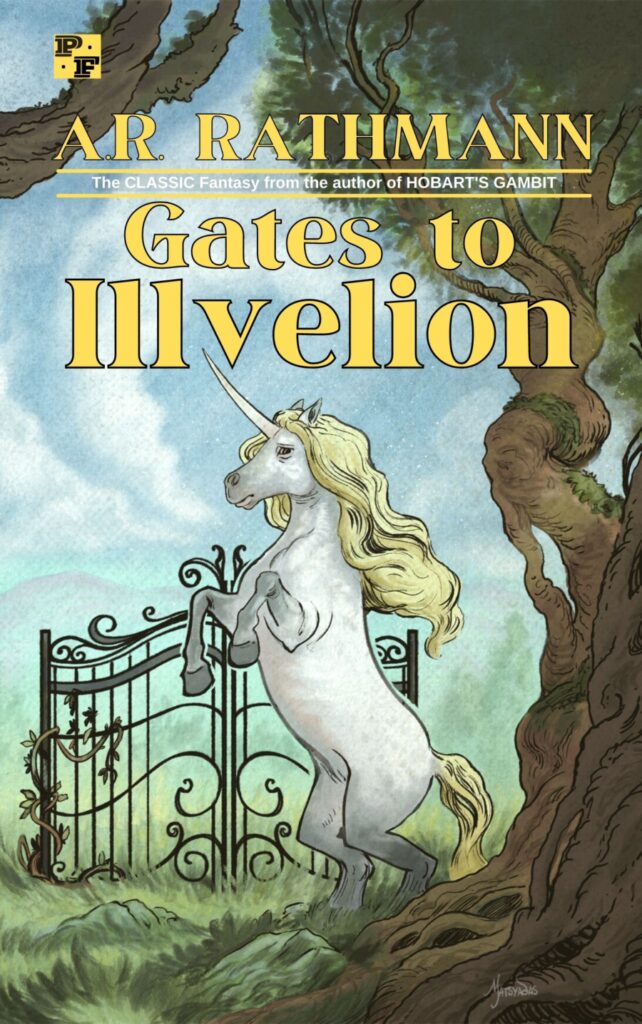Unbelievably, the term is almost over. Two more weeks to go. This is the time of the school year when I become incredibly self-critical.
All the things I could’ve done! All the lessons I should’ve changed! All the feedback I wish I’d given! All the ideas I never tried!
I am heavy with regrets. Every May, every end of the term, I am heavy with self-recriminations. Not enough time. Not enough quality. Not enough… perfection?
In a lot of ways, approaching the end of the term is like approaching the end of a writing project. Lots of couldas, wouldas, shouldas. Lots of second guessing. Lots of self-loathing.
The project we envision at the start is never what actually ends up on the page. This disconnect between head-book and actual book is disappointing. We beat ourselves up about it. I know I do.
My teaching is often the same. I have such grand plans, but when the end of the term rolls around, it feels like I just survived a post-apocalyptic road race.
And then I wonder, “Am I the only one who feels this way?” Maybe I’m just shitty at my job (possible).
It’s the same for my writing. I approach the end of a story or novel and think, “I feel like a failure. Is this normal?” (And not just the end; often in the middle, when I read over what I’ve written, it can feel like swimming through tar and slowly sinking.)
I think it’s normal. I think there will always be a disconnect between the work we have in our head and the work that ends up on the page. I think the key is to keep going even when our self-critical brain tells us we stink. I think these moments of self-loathing are “product-focused” thinking and not “process-focused” thinking.
Yes, the finished product isn’t exactly what I envisioned. It isn’t a perfect story. It isn’t “great.”
But what about the process? Was the process fun? Did I enjoy it? Did I get deep into the creating and find flow with my work? Did I surprise myself? Did I discover something new? Did I experiment? Did I do the best I could?
These are the questions that matter, and when approaching the end of either a story or a term of teaching, it’s important to look back on the entire process, not just the end point or where you think you should be.
The day-to-day act of teaching this Creative Writing class was a good experience. I learned a lot. What to do next time. What not to do next time. I learned more about myself as a writer and about what it means to teach others to write. I learned that often the best lessons or ideas are ones that come to me in the spur of the moment right before class. Sometimes the best lessons happen because a student asked a great question. I learned that learning never stops, and whatever fruit came from this term, it will continue to grow even after the last bell rings.
Because it’s all process. As long as we continue to write creatively, as long as we continue to be artists, there is no “end point.” There is only the process. This is one of the great things about teaching: it’s cyclical. We have terms, we have holidays, we start new school years, we start new classes with new students. There is a constant process of renewal and new beginnings. Whatever this semester was, the next one will be another season to try new things, refine the old, and enjoy the process along the way.



